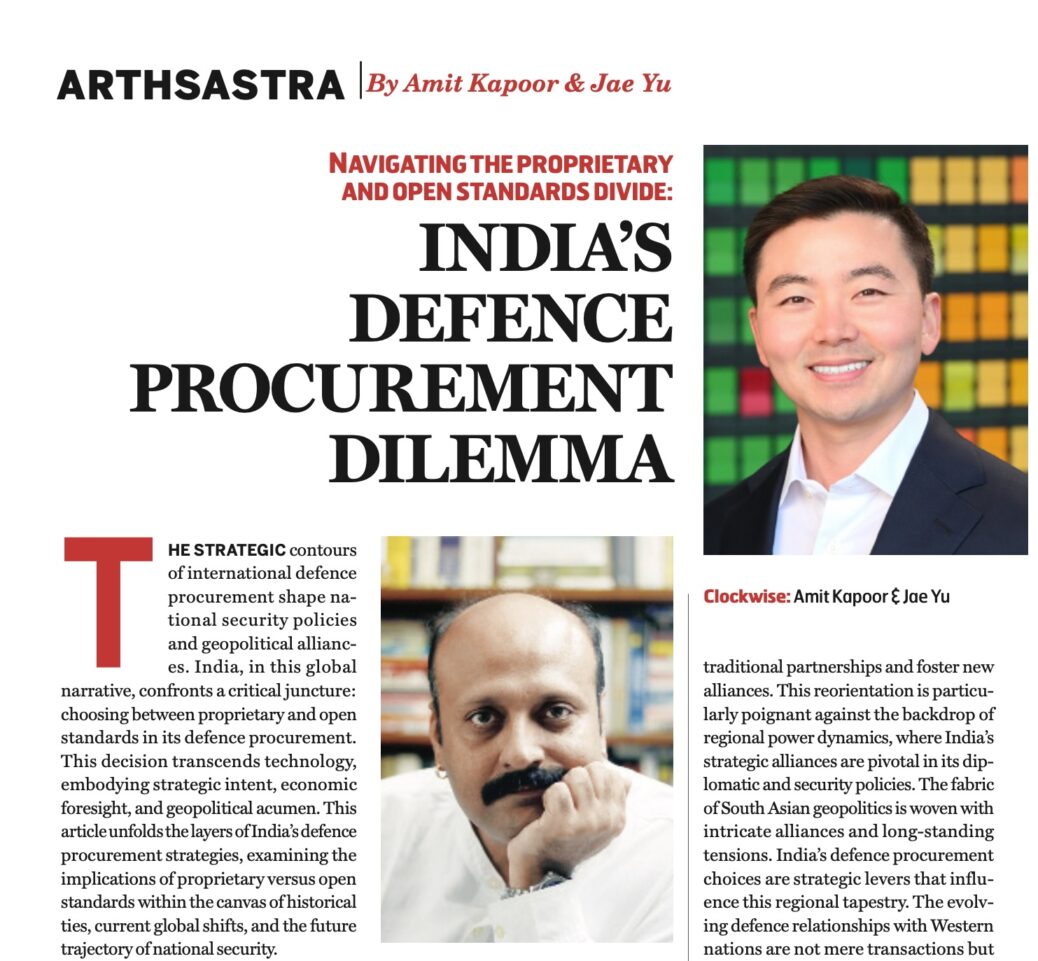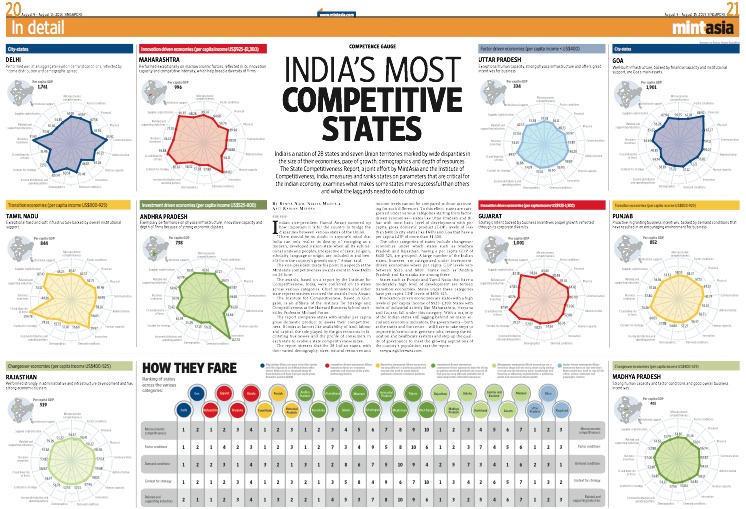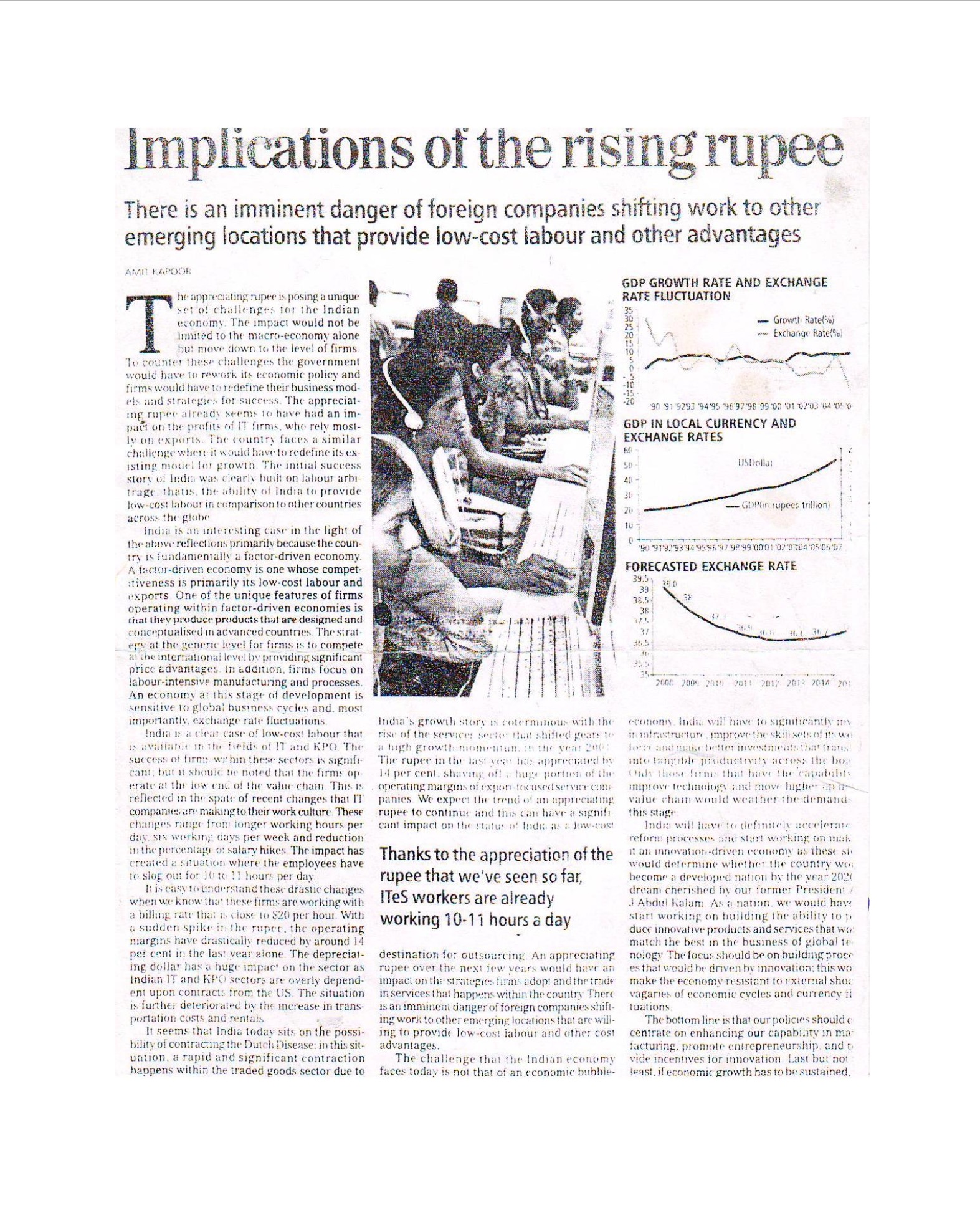By Amit Kapoor & Jae Yu
The strategic contours of international defense procurement shape national security policies and geopolitical alliances. India, in this global narrative, confronts a critical juncture: choosing between proprietary and open standards in its defense procurement. This decision transcends technology, embodying strategic intent, economic foresight, and geopolitical acumen. This article unfolds the layers of India’s defense procurement strategies, examining the implications of proprietary versus open standards within the canvas of historical ties, current global shifts, and the future trajectory of national security.
Tracing back to the 1950s, India’s defense procurement trajectory has been marked by its alignment with the Soviet Union, a relationship cemented by the procurement of proprietary Soviet military hardware. This choice, steeped in the political and strategic calculus of the Cold War, established a pattern of reliance that has endured for decades. Recent initiatives, notably the Defense Trade and Technology Initiative with the United States, have signaled a strategic pivot, initiating a nuanced shift towards a diverse military inventory and the adoption of Western defense technologies.[1]
The recent conflict in Ukraine has laid bare the vulnerabilities of a monolithic reliance on Russian military equipment, prompting nations, including India, to reassess their defense procurement strategies. These events, alongside the global supply chain disruptions caused by the COVID-19 pandemic, have catalyzed a strategic shift towards a more diversified and technologically robust procurement approach. India’s engagements with Western defense corporations, such as Lockheed Martin, underscore a growing preference for interoperability and innovation in military technology.[2]
India’s defense procurement decisions are inextricably linked to its foreign policy objectives. The move from Russian proprietary systems to a more eclectic mix that includes American and French technologies signals a recalibrated approach to balance traditional partnerships and foster new alliances. This reorientation is particularly poignant against the backdrop of regional power dynamics, where India’s strategic alliances are pivotal in its diplomatic and security policies.
The fabric of South Asian geopolitics is woven with intricate alliances and long-standing tensions. India’s defense procurement choices are strategic levers that influence this regional tapestry. The evolving defense relationships with Western nations are not mere transactions but reflect a calculated response to the strategic posturing of adversaries like Pakistan and China, and the intent to bolster India’s own geopolitical stance.[3]
Defense procurement is a conduit for economic interdependence, with deals often fostering deep-rooted economic connections that transcend the immediate military hardware transactions. These interdependencies, characteristic of India’s historical defense ties with Russia, have provided comprehensive support packages that embed suppliers within the defense frameworks of purchasing nations. As India shifts towards Western suppliers, these economic ties assume new forms, influencing the strategic and economic contours of the involved countries.
The strategic debate at the heart of India’s defense procurement strategy is the choice between proprietary and open standards. Proprietary systems offer a degree of control and integrated solutions but often at a significant cost: vendor lock-in and a curtailment of competition. Open standards, on the other hand, foster a vibrant ecosystem of interoperability and innovation. They are emblematic of a strategic desire for agility and independence in military capabilities.
In the defense sector, proprietary systems from varied national suppliers can lead to complex integration challenges, limiting the ability of armed forces to operate seamlessly across platforms and allies. Open standards offer a resolution to these challenges, ensuring that equipment from different sources can communicate and function together effectively, enhancing operational readiness and strategic flexibility. This choice is critical for India as it seeks to balance its traditional procurement practices with the need for modernization and alignment with global defense standards.
India’s journey through the strategic maze of defense procurement is a testament to the country’s evolving stance in the global order. Each decision in the procurement space is a calculated move that resonates with international observers, influencing the regional balance of power and the broader defense industry. The transition towards a preference for open standards in defense procurement is not merely a technological pivot but a strategic reorientation that will define India’s military effectiveness, its autonomy in defense strategy, and its global standing. As India maneuvers this path, its choices will undeniably shape the future narrative of regional security and international defense cooperation.
The article was published with Business World on February 24, 2024.
[1] https://www.acq.osd.mil/ic/dtti.html
[2] https://www.lockheedmartin.com/en-us/who-we-are/international/india.html
[3] https://www.usip.org/publications/2020/12/spurred-china-rivalry-us-india-deepen-strategic-ties
























